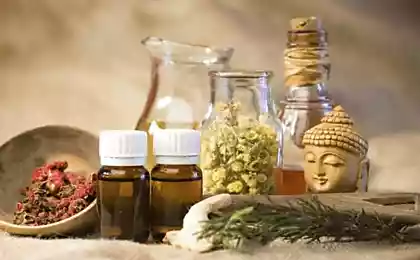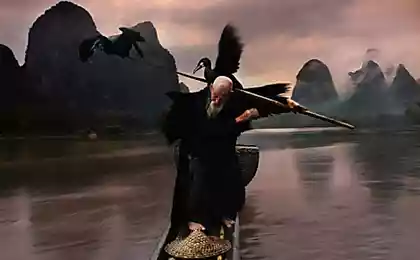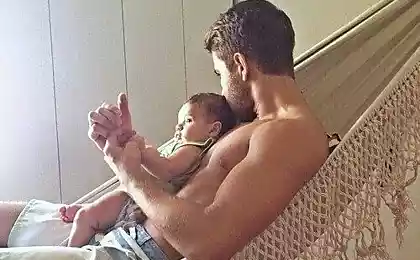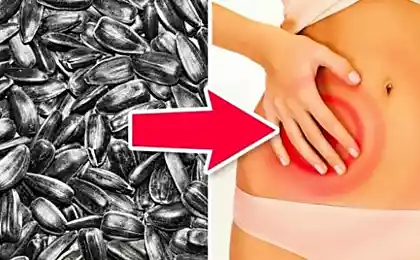357
Where did the opinion come from that the coronavirus was in the air for a long time
It is generally accepted that the first case of the disease, later dubbed COVID-19, was recorded in Wuhan, China, in November 2019. But scientists in Italy, Spain and China regularly find data that contradicts it. So where did the coronavirus come from and, equally interestingly, when did it happen?
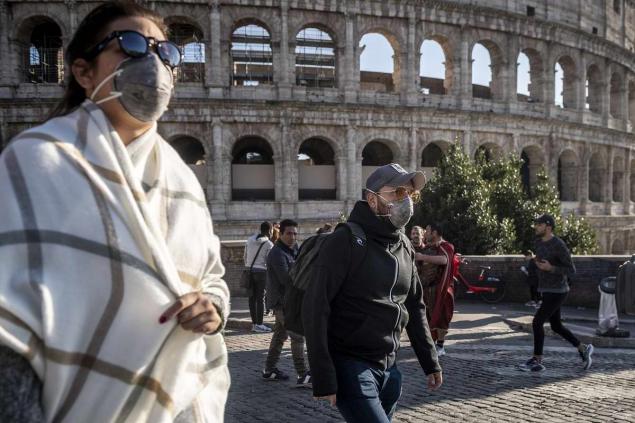
GettyImages Where did the coronavirus come from? Let's start with the fact that coronaviruses (lat.Coronaviridae) are a large and long-known family of viruses. Its 43 members affect mammals, birds and amphibians. And only seven of them were able to overcome the interspecies barrier and became a threat to humans.
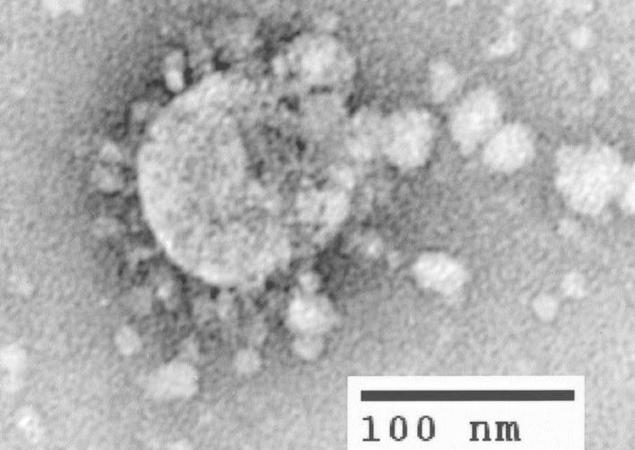
GettyImages According to statistics, in the 60s of the last century, almost 35% of people had colds caused by viruses that doctors could not identify. That changed in 1965 when a team of scientists led by Dr. David Tyrrell found a new suspect.

GettyImages It became clear that a similar virus was found in the tissues of sick chickens back in the 30s. The term itself did not yet exist (it was invented in 1968), but it was a coronavirus. So scientists have proven that it can be transmitted from animals to humans.
Atypical pneumonia Until recently, coronaviruses (229E, OC43, NL63, HKUI) accounted for 4 to 20% of all cases of ARVI. Most often, the upper respiratory tract infection was relatively mild. Therefore, the doctors did not pay serious attention to her.
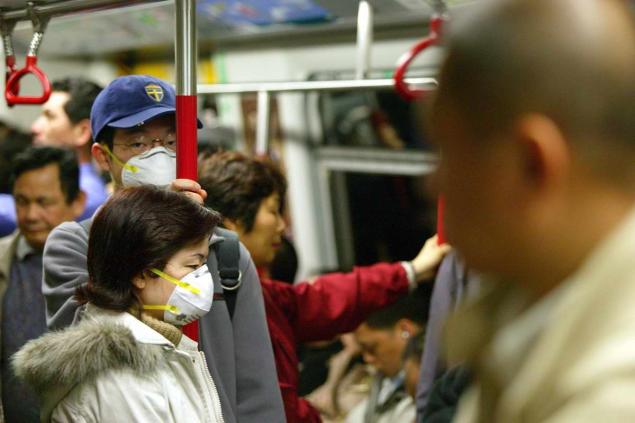
GettyImages This continued until 2002, when an outbreak of SARS, or severe acute respiratory syndrome (SARS, SARS) was recorded in China. The disease was caused by a variant of the SARS-CoV-1 coronavirus. Another strain - MERS-CoV in 2012 became the causative agent of the Middle East respiratory syndrome (MERS).

GettyImages Scientists still cannot say why only three coronaviruses (SARS-CoV-1, MERS-CoV and SARS-CoV-2) lead to dire consequences. While others cause the common cold. But we are 100% sure that they have one thing in common - bats (and not 5G towers, as you sometimes hear).
“Coronaviruses have the longest RNA sequence of any animal virus. And it still holds many secrets, ”says Dr. Ken McIntosh of Harvard Medical School. Coronaviruses can mutate relatively easily. According to the scientist, this could lead to the emergence of the SARS-CoV-2 virus, which is responsible for the COVID-19 pandemic.
COVID-19 appeared in Europe much earlier than was thought.According to Bloomberg, the coronavirus circulated in Italy at the end of November 2019. The analyzes were performed retroactively on samples from patients with an unconfirmed suspected measles.
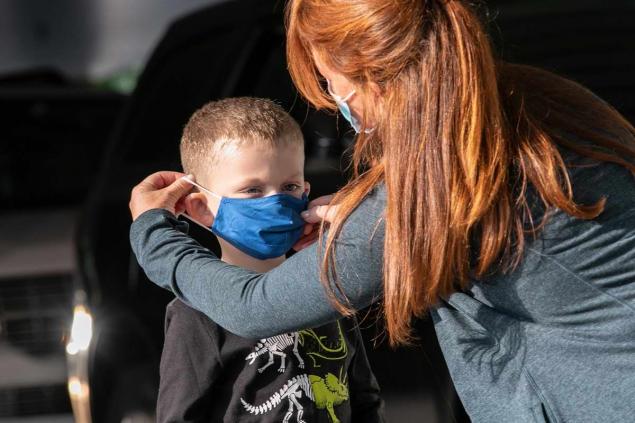
GettyImages The virus was detected in the samples of a four-year-old boy. He developed symptoms on November 21st. The incubation period takes another 2-14 days. This shifts the beginning of the epidemic in Italy from the end of February 2020 to November 2019.
The situation is similar in the United States. Antibodies to COVID-19 were found in blood donated in December 2019. This was confirmed by Dr. Susan Stremer of the American Red Cross. She claims that the virus that causes COVID-19 may have been present in California and Washington as early as December 13-16.

GettyImages What's even more surprising, researchers from the University of Barcelona found traces of the coronavirus when testing samples of untreated wastewater from March 12, 2019! After that, it was decided in Spain to examine wastewater for traces of coronavirus. He was found in samples from January 15, 2020. And this was 41 days before the first official case of infection.
Some Russians write on social networks that they had had an unknown disease with bouts of lingering cough and loss of smell back in October-November 2019. At the same time, news broadcasts reported massive outbreaks of pneumonia in many areas of the country.
Someone will say: "A month earlier, a month later ... What's the difference?" The fact is that the modern level of genetic analysis allows tracing the development of the virus through those who have contracted it. By defining patient zero, scientists can answer important questions. Knowing how, when and why an epidemic started can stop its spread and prevent future outbreaks.

GettyImages Where did the coronavirus come from? Let's start with the fact that coronaviruses (lat.Coronaviridae) are a large and long-known family of viruses. Its 43 members affect mammals, birds and amphibians. And only seven of them were able to overcome the interspecies barrier and became a threat to humans.

GettyImages According to statistics, in the 60s of the last century, almost 35% of people had colds caused by viruses that doctors could not identify. That changed in 1965 when a team of scientists led by Dr. David Tyrrell found a new suspect.

GettyImages It became clear that a similar virus was found in the tissues of sick chickens back in the 30s. The term itself did not yet exist (it was invented in 1968), but it was a coronavirus. So scientists have proven that it can be transmitted from animals to humans.
Atypical pneumonia Until recently, coronaviruses (229E, OC43, NL63, HKUI) accounted for 4 to 20% of all cases of ARVI. Most often, the upper respiratory tract infection was relatively mild. Therefore, the doctors did not pay serious attention to her.

GettyImages This continued until 2002, when an outbreak of SARS, or severe acute respiratory syndrome (SARS, SARS) was recorded in China. The disease was caused by a variant of the SARS-CoV-1 coronavirus. Another strain - MERS-CoV in 2012 became the causative agent of the Middle East respiratory syndrome (MERS).

GettyImages Scientists still cannot say why only three coronaviruses (SARS-CoV-1, MERS-CoV and SARS-CoV-2) lead to dire consequences. While others cause the common cold. But we are 100% sure that they have one thing in common - bats (and not 5G towers, as you sometimes hear).
“Coronaviruses have the longest RNA sequence of any animal virus. And it still holds many secrets, ”says Dr. Ken McIntosh of Harvard Medical School. Coronaviruses can mutate relatively easily. According to the scientist, this could lead to the emergence of the SARS-CoV-2 virus, which is responsible for the COVID-19 pandemic.
COVID-19 appeared in Europe much earlier than was thought.According to Bloomberg, the coronavirus circulated in Italy at the end of November 2019. The analyzes were performed retroactively on samples from patients with an unconfirmed suspected measles.

GettyImages The virus was detected in the samples of a four-year-old boy. He developed symptoms on November 21st. The incubation period takes another 2-14 days. This shifts the beginning of the epidemic in Italy from the end of February 2020 to November 2019.
The situation is similar in the United States. Antibodies to COVID-19 were found in blood donated in December 2019. This was confirmed by Dr. Susan Stremer of the American Red Cross. She claims that the virus that causes COVID-19 may have been present in California and Washington as early as December 13-16.

GettyImages What's even more surprising, researchers from the University of Barcelona found traces of the coronavirus when testing samples of untreated wastewater from March 12, 2019! After that, it was decided in Spain to examine wastewater for traces of coronavirus. He was found in samples from January 15, 2020. And this was 41 days before the first official case of infection.
Some Russians write on social networks that they had had an unknown disease with bouts of lingering cough and loss of smell back in October-November 2019. At the same time, news broadcasts reported massive outbreaks of pneumonia in many areas of the country.
Someone will say: "A month earlier, a month later ... What's the difference?" The fact is that the modern level of genetic analysis allows tracing the development of the virus through those who have contracted it. By defining patient zero, scientists can answer important questions. Knowing how, when and why an epidemic started can stop its spread and prevent future outbreaks.
The story of how the mother-in-law's move to the house next door disrupted the peaceful life of the daughter-in-law
What clothes does Alexander Vasiliev forbid to wear to beautiful ladies
